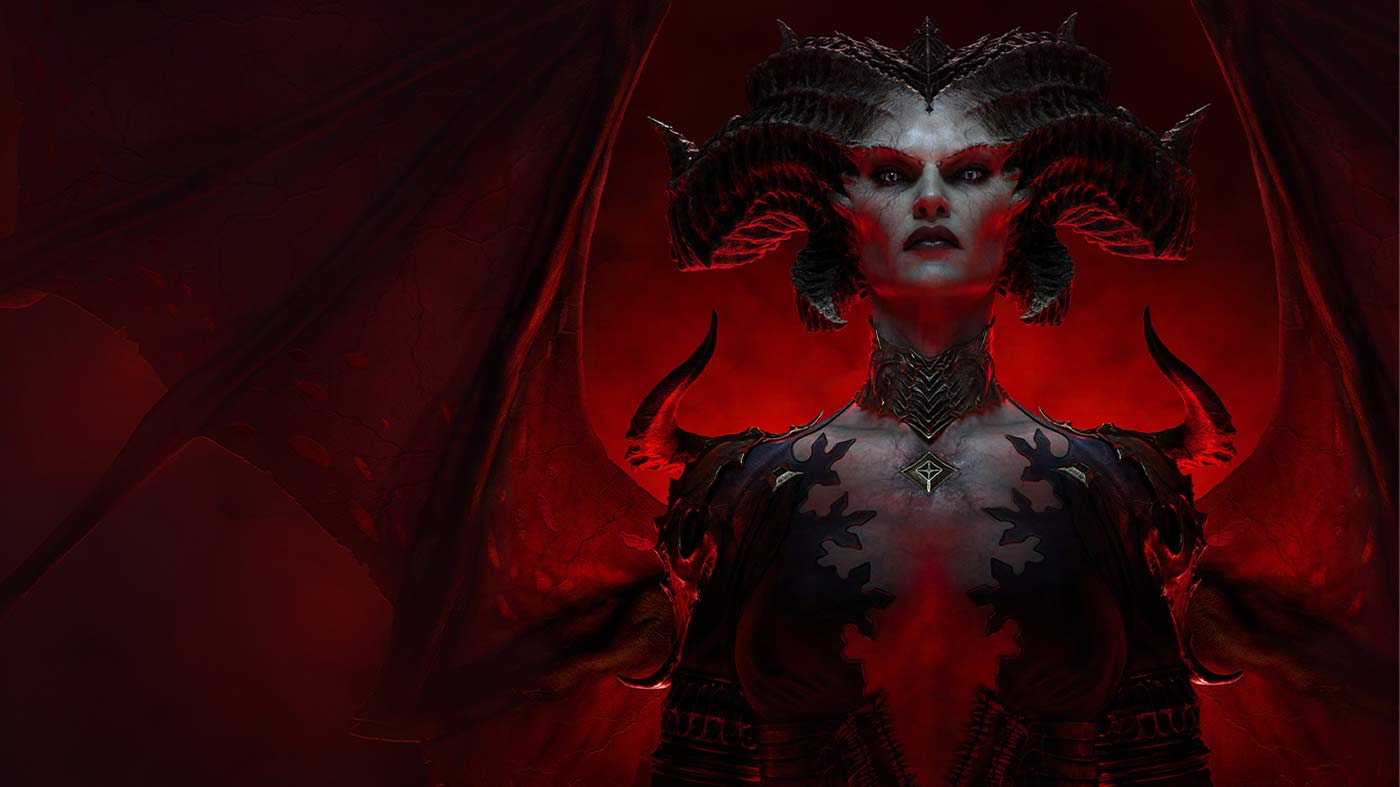Between Diablo III’s disastrous launch and the egregious monetization of Diablo Immortal, one of Blizzard’s most defining IP hasn’t been in a great spot as of late. It’s in these circumstances that Blizzard have decided to pivot back to what made Diablo special to begin with in Diablo IV. Moving back to a more grounded setting, honing focus on characters as opposed to spectacle, and polishing a beloved formula up to snuff for 2023 standards are just a few of the things this game has set out to achieve.
Diablo IV harkens back to Blizzard’s glory days, a time where the developer’s titles stood out on store shelves thanks to chunky boxes synonymous with quality and polish. It remains to be seen how its live service offerings will pan out over the coming months and years, but the day one package feels undeniably feature-complete, rich with content, and brandishes impeccable presentation informed by an unwavering commitment to the vision of a redefined Sanctuary. It might not break much new ground, but Diablo IV is a hell of a good time.
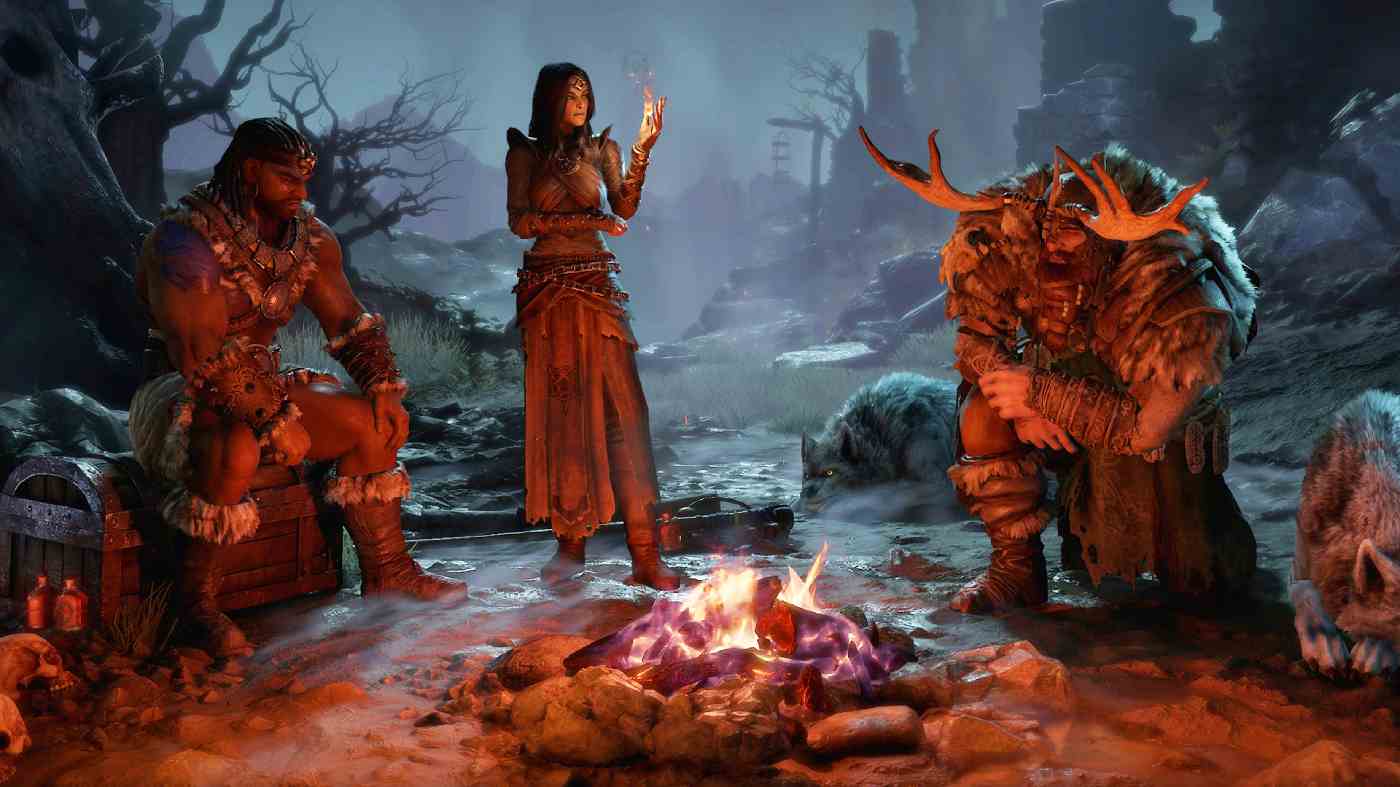
Some 30 years after the events of Diablo III, the war between angels and demons has taken its toll on both sides, and on Sanctuary itself. It’s in these moment of vulnerability that cultists have summoned Lilith, daughter of Mephisto and mother to Sanctuary. Her awakening brings only chaos, as demons and humans alike are overtaken by their sinful desires when graced by her presence.
In the absence of Tyrael, Lilith has claimed herself as the new protector of Sanctuary. The flipside of this coin is Inarius; co-creator of Sanctuary and founder of the Cathedral of Light. A fallen angel seeking redemption through ending Lilith’s newfound control, so that he can return to his rightful place in heaven. It’s in the midst of this conflict that the wanderer and the Horadrim set out to thwart Lilith’s plans and defend Sanctuary from the inevitable fallout of a foretold prophecy.
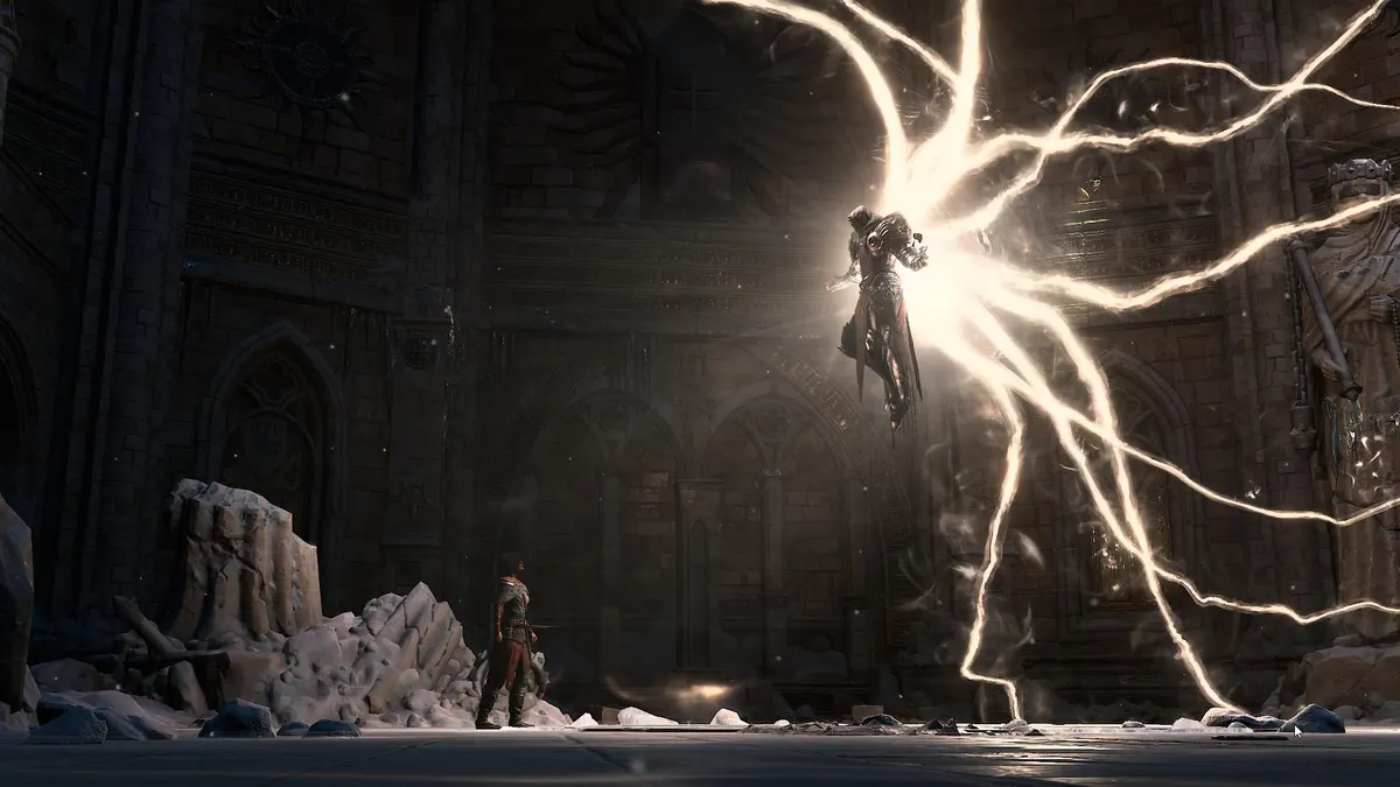
The conflict between Lilith and Inarius is grey and ambiguous in nature. Inarius’ goal is to the benefit of humanity, but his actions are driven by a prideful ignorance and want for acknowledgement from the high heavens. Lilith’s plans are portrayed in a similar light, but there’s always an undertone of uncertainty and manipulation whenever she’s stealing the scene on-screen. It’s a more nuanced and intricate take on the never-ending war between heaven and hell that prompts you to read between the lines as opposed to just taking a side.
Character development is similarly engaging when it comes to the Horadrim. Lorath and Donan represent everything wrong with the Horadrim as they tackle personal demons, where newcomer Neyrelle embodies everything the Horadrim are meant to be. Her naivety is sharpened into cautious optimism by the time credits roll, but the dynamic between these three always delivers, even if they don’t come together all too often.
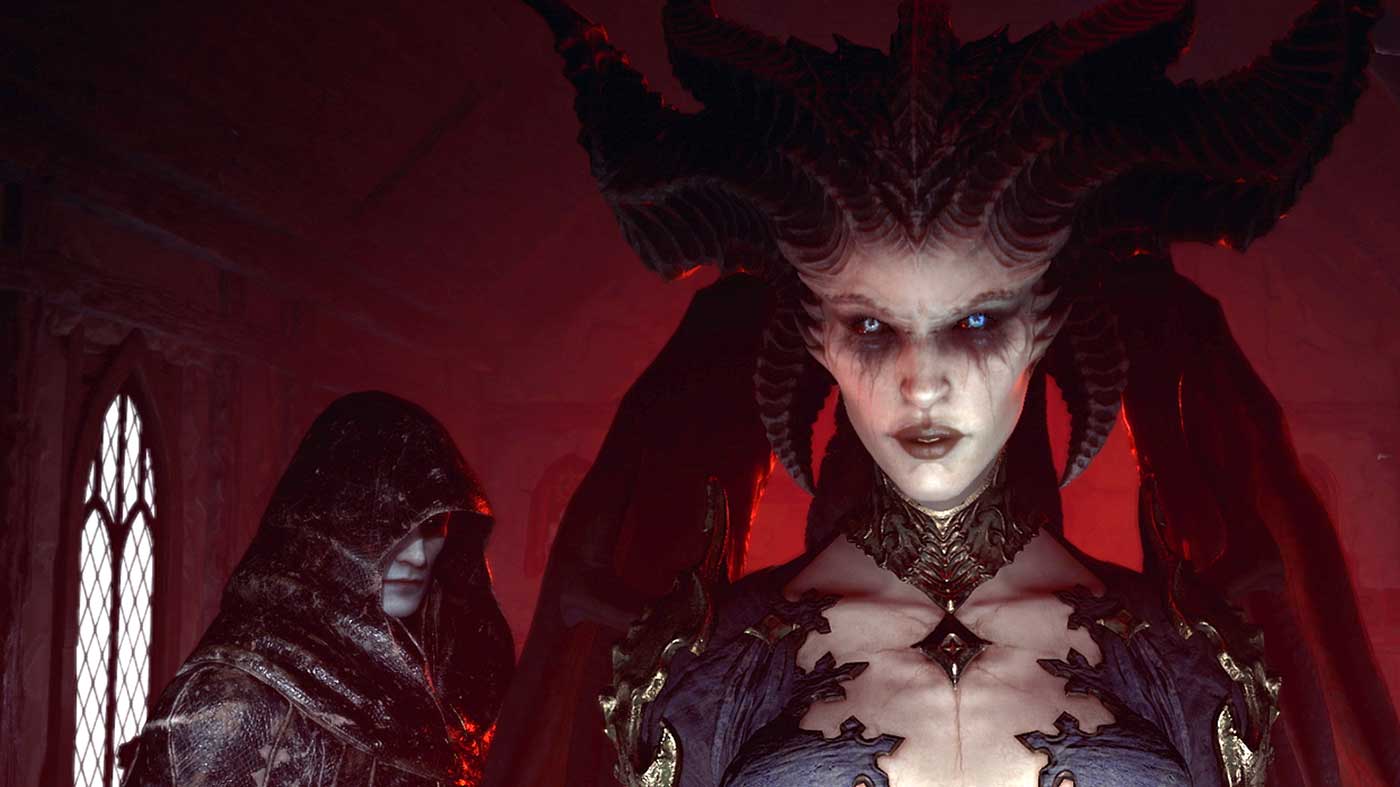
Where the character stuff is mostly great, the pacing of the narrative itself is a bit of a mixed bag. The opening chapters work to lure you into a more grounded version of Sanctuary, with a seemingly innocuous string of events that take a hard left turn into the despair and corruption brought by Lilith’s summoning. Things do slow down quite a bit from there though, with Acts IV and V feeling particularly side-tracked by a game of cat and mouse. These sluggish middle chapters eventually give way to an Act VI that careens towards the finish line, punctuated by one of Blizzard’s hallmark CG cutscenes that really earns its scope and grandeur through subtle tension building.
The Cheapest Copy: $84 On Amazon With Free Delivery
Perhaps the most interesting detail in regards to narrative structure is its non-linear progression. Acts II and III, alongside certain quest chains in other acts, can be completed in any order you see fit. If there’s a particular character you want to see more of, or a zone you want to explore, you can do so without hindering progression. Most zones scale to your level, so there’s never any worry of being over/under levelled for a particular area. This also lends tremendously to replay value and character progression, as you can tackle certain dungeons for class specific rewards whenever you feel like it.
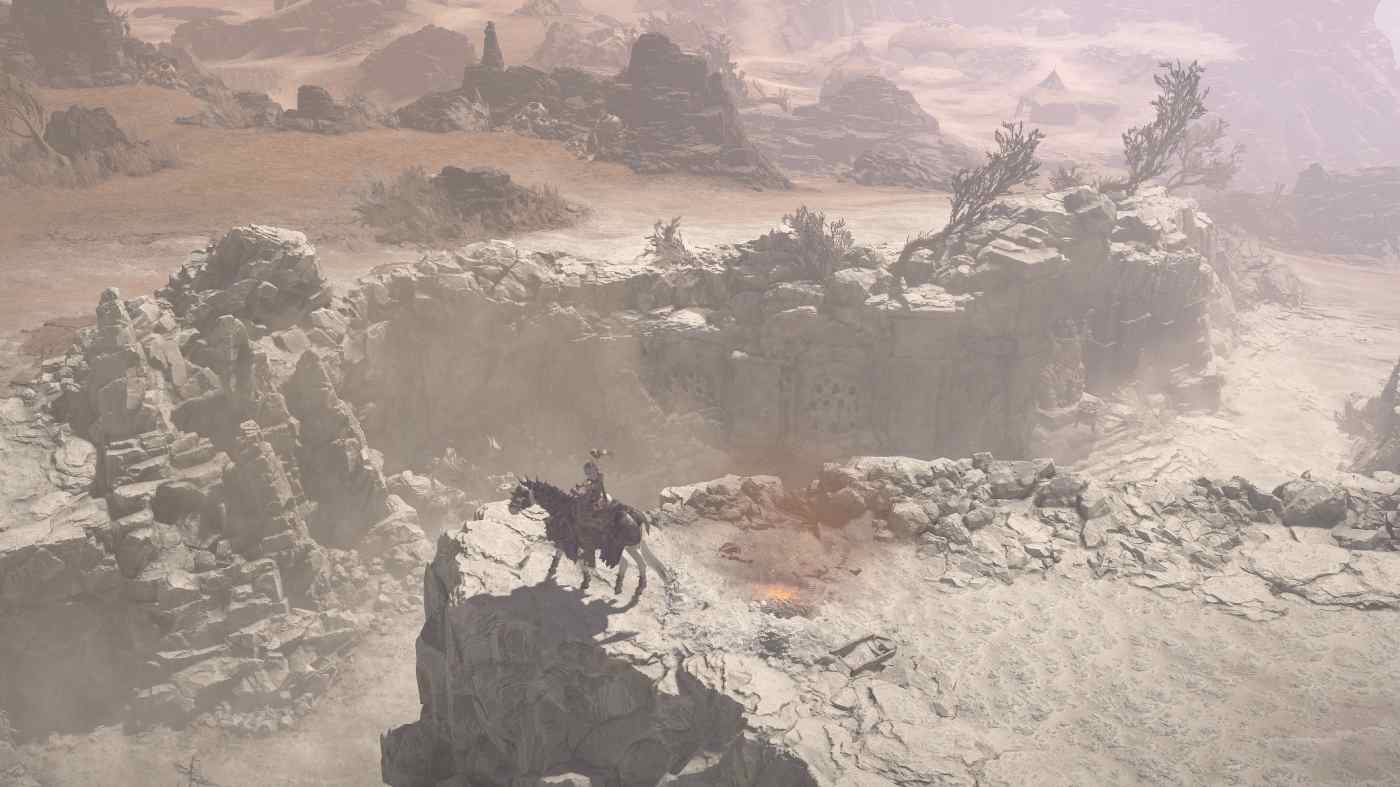
I came to appreciate it even further as I explored Sanctuary. This is an open-world packed with stuff to do, from single-room Cellars and multi-floored Dungeons to world events and hidden Altars of Lilith that provide permanent stat bumps to all characters you make on that Realm. Despite some of the content feeling recycled, there’s something around every corner, and not being railroaded into a single zone at a time makes for a refreshing sense of freedom in a genre that typically herds you down its golden path.
While some of the content on offer here can get repetitive after hours of play, there’s always a worthwhile reward to come by the end of it. Everything you do is also earning you reputation for whatever zone that activity is in, with each reward tier offering useful character upgrades, most of which are account-wide. Whether it be loot or playstyle-altering Aspects that can be previewed before you commit to running a dungeon, Diablo IV’s grind respects your time without ever taking away from its inherent satisfaction.
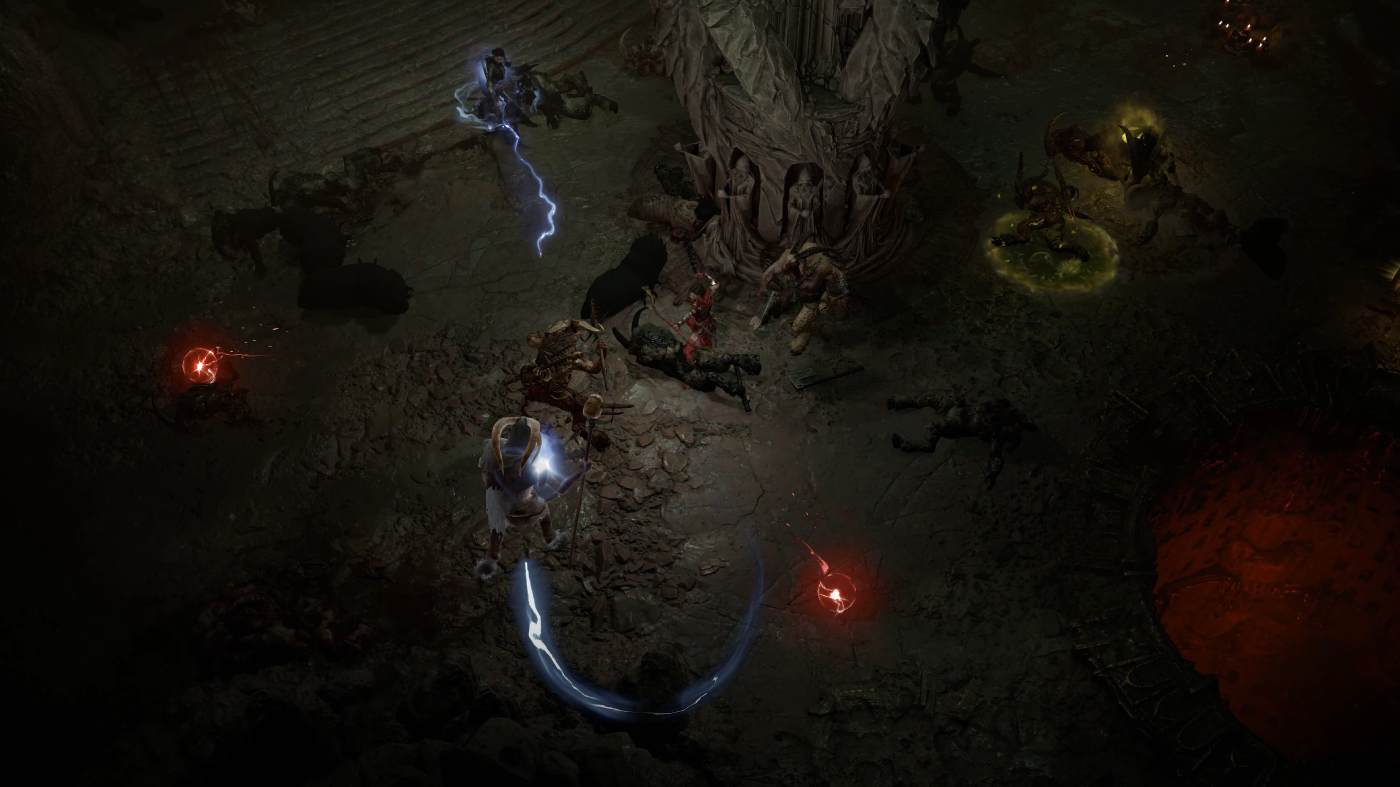
The biggest choice you make when starting a new Diablo game is almost always which class you’re going to descend into hell with first. I spent the majority of my time with Diablo IV’s Rogue. After some experimentation through the ability to respec at any time, I eventually landed on a glass cannon build that incentivized teetering on a knife’s edge, imbuing weapons with shadow damage and hitting enemies with hard and fast barrages of arrows and blades while making ample use of traps.
While I stuck with this core build once I landed on it, it’s remarkable how quickly you can flip a build onto its head and change the entire dynamic of a class. Rogues can go down many different routes, from melee or ranged only, to a hybrid class that makes use of stealth to reposition. Other classes offer a similar level of flexibility, but there are some clear balance issues at the moment that position certain classes as better than others.
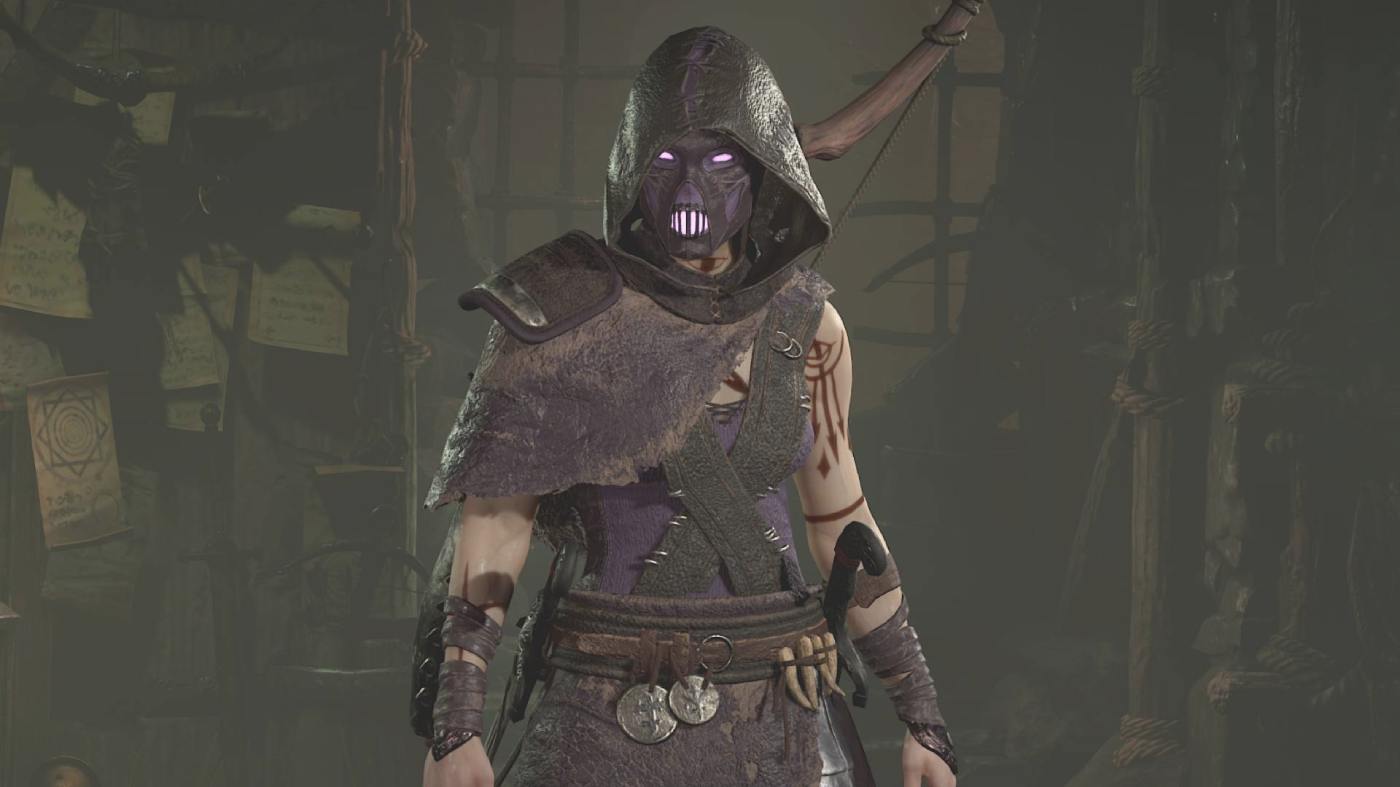
Instead of redefining character progression, Diablo IV opts to add new layers of power onto your builds and gear through a few systems. Aside from being inundated with new equipment and gaining skill points each level, Aspects can also be unlocked through various means. Most of these are class specific, but there are a few that are universal. Earned Aspects can be imprinted onto gear to give bonuses that alter or compliment your playstyle. It adds a new layer to gear progression that isn’t as passive as simple stat bonuses, and instead incentivizes you to play around with new skills or build for ones you’ve taken a liking to.
The core gameplay loop will be instantly familiar to anyone who’s played Diablo before. It falls more in line with recent entries as opposed to the more deliberate nature of Diablo II, but that isn’t a detriment. Combat has a visceral flow to it that fits with the overall world and atmosphere Blizzard are looking to establish here in Diablo IV, where bodies ragdoll and rip apart due to the sheer force of your blows. Fallen enemies result in countless loot drops to bolster your character’s power, and the ever satisfying ding of a legendary drop still taps into a primal part of the brain. Aside from being Diablo IV’s highest rarity tier, legendary gear brings playstyle-altering passives and even bonus skill ranks for all manners of play.
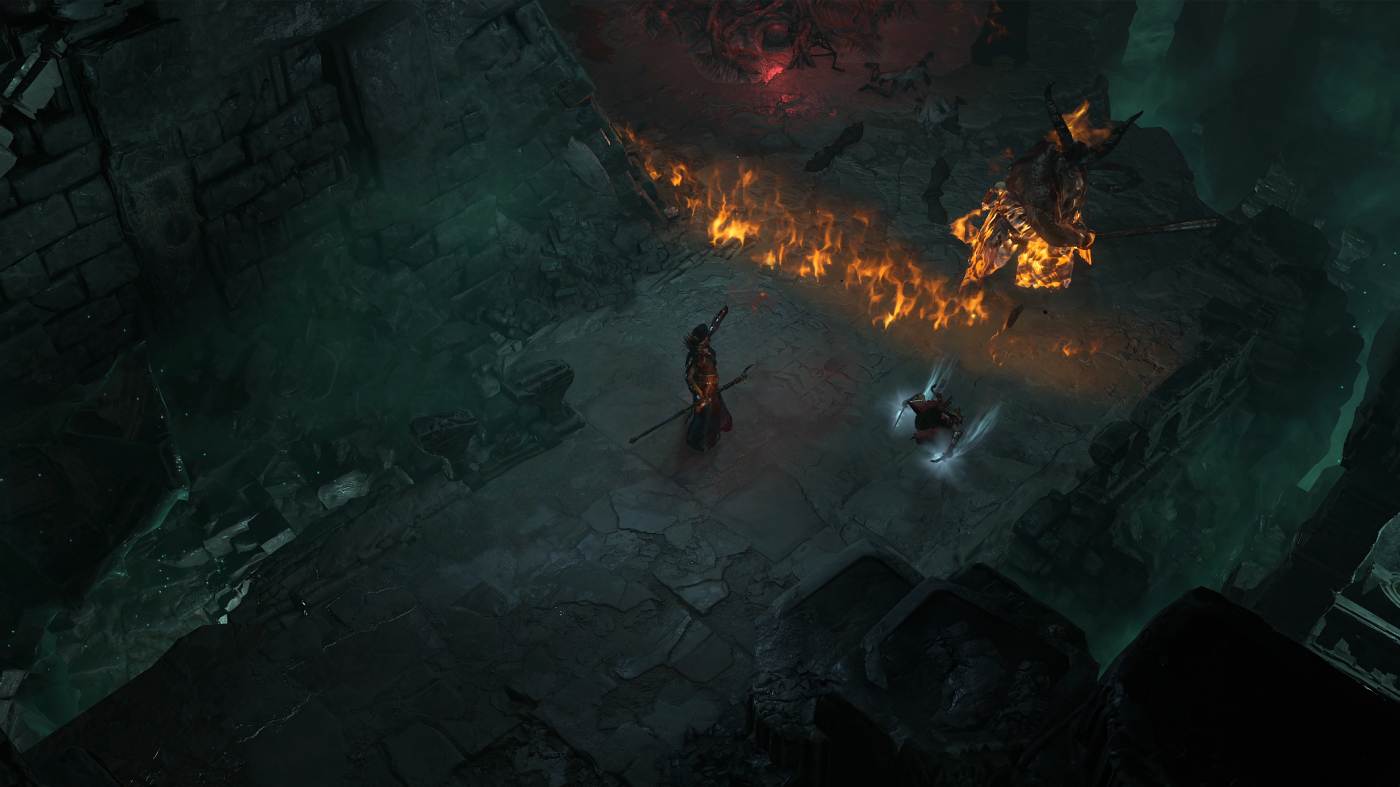
A special mention should go to Diablo IV’s boss fights, which are almost always excellently designed, and represent the best of what ARPGs can achieve. I played all of my campaign on World Tier II, which offered challenging boss encounters that forced me to play in a more considered manner as opposed to hammering on my abilities and basic attacks. Dodging projectiles, reading tells, and making smart use of potions all coalesces into exhilarating encounters that kept me on the edge of my seat. Completion of the campaign also allows you to work up to higher World Tiers, further bolstering difficulty with the incentive of increased reward.
The other notable end game content comes in the form of Whispers of the Dead, and Helltides. The former sees you completing favors for The Tree of Whispers in specific zones as you build up to a point cap. These favors are often things you’ll already be doing, like Cellars, Dungeons, and world events. Once you’ve completed enough favors, you can turn in your Whispers for a cache of loot, containing a bunch of armour or weapons, gems, gold, and experience points.
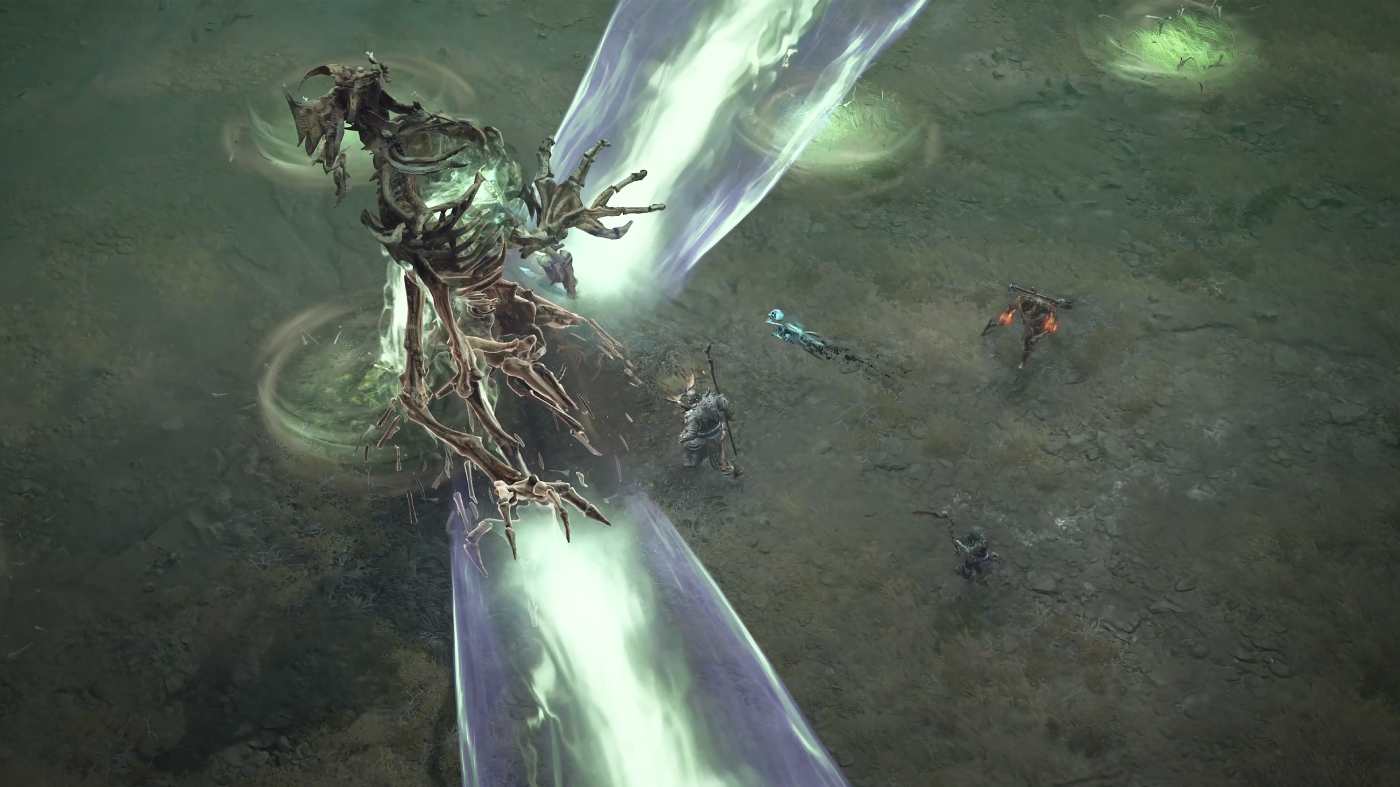
Helltides are only unlocked and present on World Tier III and higher, where empowered demons spawn in a specific region. These demons drop Cinders, which can be spent to open Helltide chests scattered in the area, creating potential for top tier rewards if you’re willing to take the risk. These empowered demons are no walk in the park, but my experience with Helltides prop it up as some of the best content to engage with for high quality gear in the post-game.
Similarly interesting is the Plains of Hatred, which functions as a PvPvE zone. Defeating other players and demons in the Plains of Hatred will net you Seeds of Hatred, which need to be purified into Red Dust to be used as currency. The catch, is that players are free to attack you while you’re purifying, adding an inherent risk/reward factor in the process. You can of course opt to only engage in PvE, but you’ll need to purify at some point, so the Plains of Hatred are best ventured with friends. Earned Red Dust can later be spent on ornamental rewards like cosmetics and mounts.
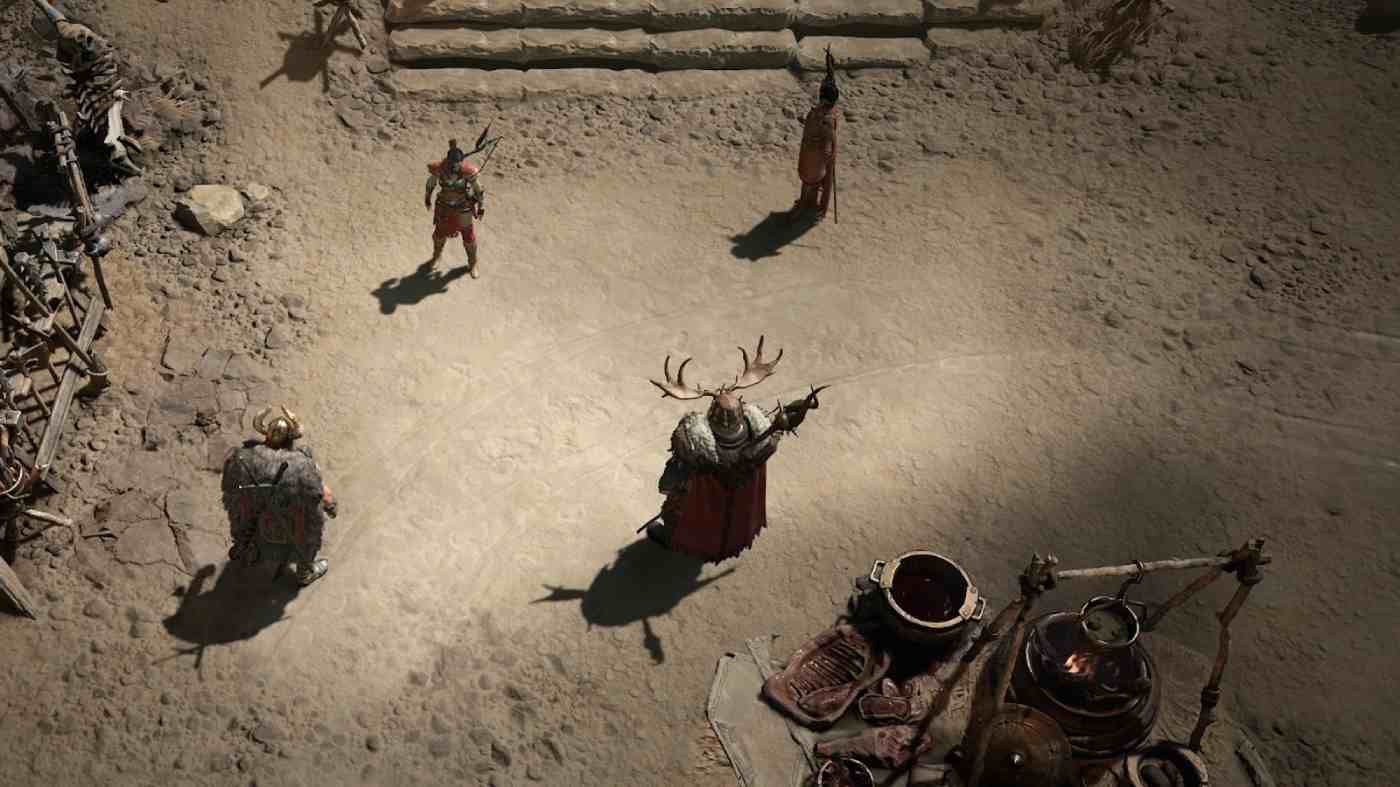
This is all without discussing Strongholds, Capstone and Nightmare Dungeons, levelling other classes, the myriad of side quests available to you, and so much more. There’s a wealth of content to engage with across all skill levels in Diablo IV at launch, and it’s only going to get bigger with incoming seasonal offerings.
The biggest question mark at the moment lies in Diablo IV’s monetization. Blizzard have been clear that there’s no pay-for-power in Diablo IV, but it remains to be seen how egregious pricing is for the cosmetics and mounts on offer. The press build didn’t have a functioning store to peruse, but the easily accessible and simple transmog system allowed me to tailor the way my characters looked without spending a dime. It’s also worth mentioning that there’s going to be premium battle passes for post-launch seasons, but specific details on this were also absent in the review build.

Diablo IV’s impeccable presentation is the glue that holds this experience together. A more muted color palette stands in stark contrast with Diablo III and Immortal, falling much more in line with the first two games. Catacombs and dungeons are decorated with viscera and gory remnants of battles long past, bodies are posted up in the arid wastes of Khejistan as a grisly warning to adventurers and would-be heroes, and Scosglen’s countless ruins mark the history of its former inhabitants. It goes a long way to building a moody atmosphere and tone in this gothic wasteland.
That isn’t to say that Sanctuary is a landscape of dull greys and limestone yellows – quite the opposite, in fact. Each region offers something visually distinct from the last. Where the frozen Fractured Peaks is a frigid wasteland of cold death, Haweza is festering and humid bog filled with all manner of abominations. Each zone seamlessly blends into the next, all while offering their own interpretations of hell and how it spills over into the land. This is further bolstered by a diverse array of grotesque enemy designs that mix the familiarity of Diablo’s demonic trappings with eldritch horror.
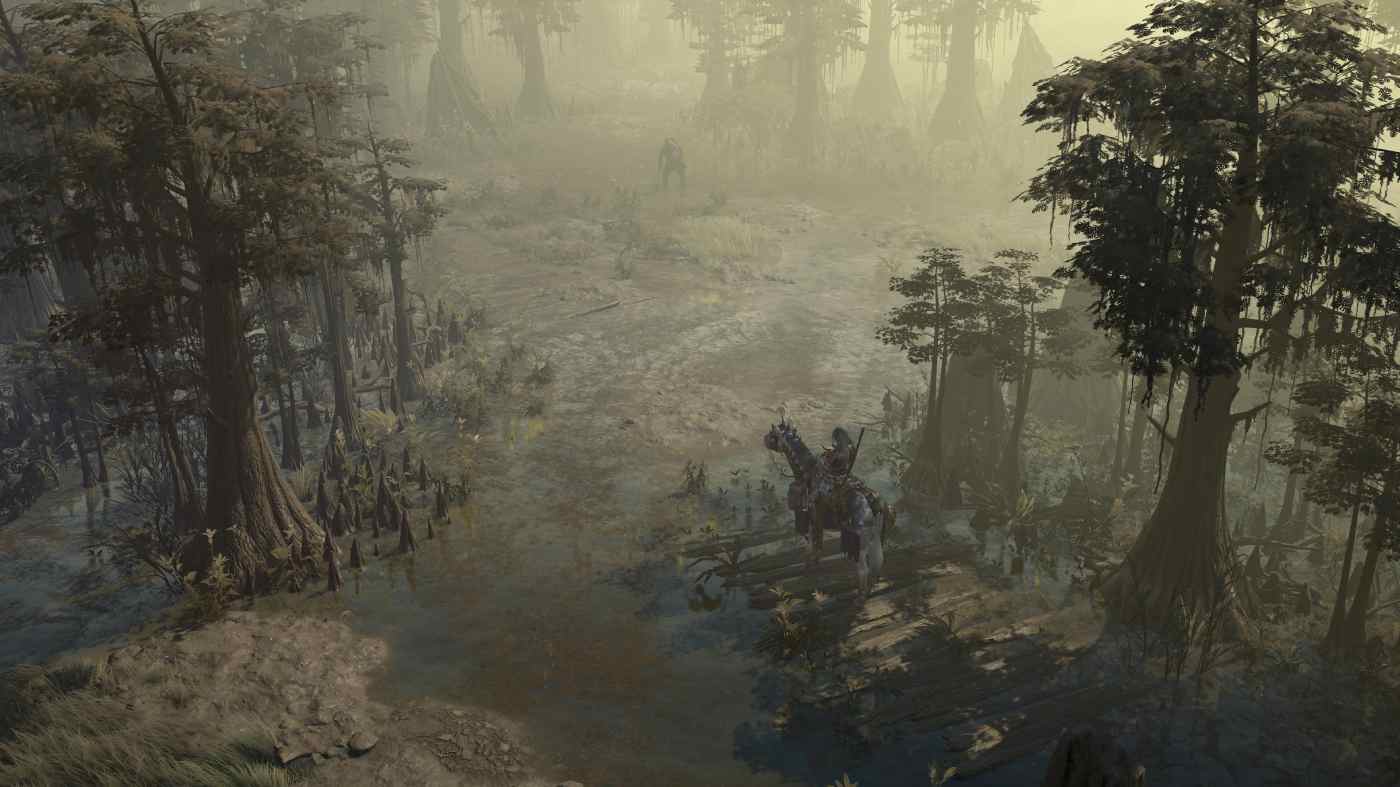
Polish is also unsurprisingly up to snuff for Blizzard standards on the PC side of things. Performance was silky smooth across 30 or so hours of play, with the only real issues I encountered being some rubber banding when moving too fast on a mount. I’m unsure how things are on the console side, but I suspect that a similar standard is upheld.
Diablo IV doesn’t just feel like a return to form for the franchise, but also for Blizzard as a developer. There’s a keen awareness for what makes Diablo special present in Diablo IV. It’s as contemporary as it is traditional, understanding that ARPGs have evolved past the days of button mashing, but also paying homage to its forebears and legacy. It’s not without issues, but Diablo IV delivers where it counts.



